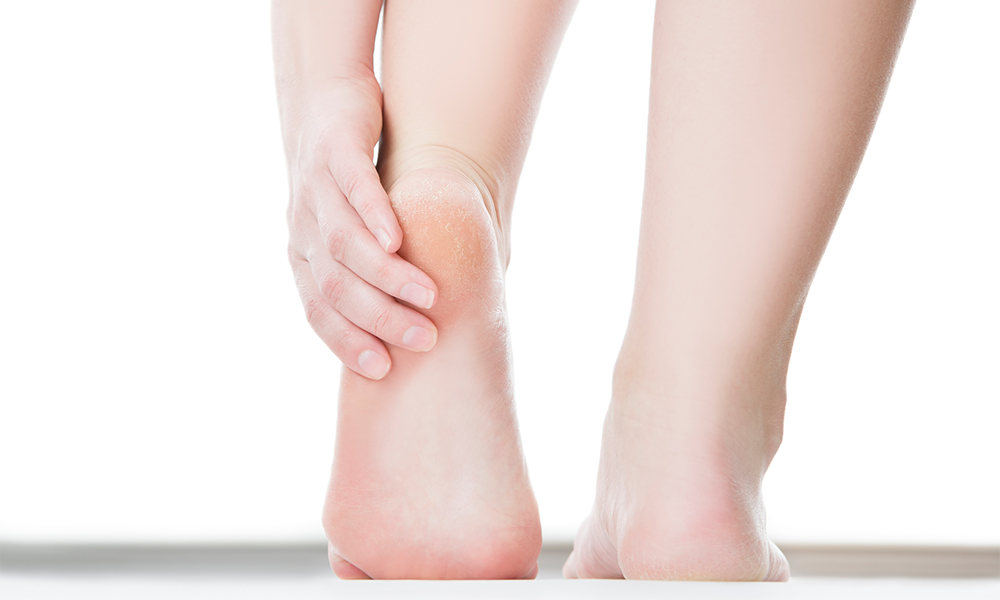Did you know that the color of your feet can reveal a lot about your health? While we often pay attention to changes in our skin color elsewhere, like on our face or hands, our feet can also provide important clues about our well-being. One such change that may raise concern is when your feet start appearing yellowish. But fear not, understanding why your feet may turn yellow can help you address the underlying causes and restore your foot health.
What Causes Yellowish Feet?
Jaundice:
One of the primary reasons for yellowish discoloration in the feet is jaundice. Jaundice occurs when there’s an excess of bilirubin in the blood, which can be caused by liver problems or excessive breakdown of red blood cells. When bilirubin levels rise, it can cause a yellowish tint to the skin, including the feet.
Peripheral Artery Disease (PAD):
PAD is a condition characterized by narrowed arteries, leading to reduced blood flow to the limbs, especially the legs and feet. In severe cases, this reduced blood flow can cause the skin to appear yellowish or even bluish.
Skin Conditions:
Certain skin conditions like psoriasis, eczema, or fungal infections can also cause yellowish discoloration of the skin, including the feet. These conditions may lead to skin thickening, scaling, and discoloration, giving the appearance of yellowish feet.
Poor Circulation:
Poor circulation, often associated with conditions like diabetes or obesity, can affect blood flow to the extremities, including the feet. When blood flow is compromised, it can lead to discoloration of the skin, including a yellowish hue.
Lifestyle Factors:
Certain lifestyle habits like smoking or excessive alcohol consumption can also contribute to yellowish discoloration of the feet. These habits can affect circulation and liver function, leading to changes in skin color.
Remedies for Yellowish Feet:
Address Underlying Health Issues:
If yellowish discoloration of the feet is persistent or accompanied by other symptoms like fatigue, nausea, or abdominal pain, it’s essential to consult a healthcare professional. They can diagnose any underlying health conditions like liver disease, PAD, or diabetes and recommend appropriate treatment.
Improve Circulation: Enhancing blood flow to the feet is crucial for maintaining healthy skin color. Regular exercise, elevating your feet when resting, and avoiding prolonged periods of sitting or standing can help improve circulation.
Maintain Proper Foot Hygiene:
Practicing good foot hygiene is essential for preventing and managing skin conditions that can cause yellowish discoloration. Keep your feet clean and dry, wear breathable socks and shoes, and avoid sharing footwear to reduce the risk of fungal infections.
Healthy Lifestyle Choices:
Making healthy lifestyle choices like quitting smoking, moderating alcohol consumption, and maintaining a balanced diet can support overall health, including circulation and liver function, reducing the risk of yellowish feet.
Topical Treatments:
For skin conditions like psoriasis or eczema, topical treatments prescribed by a healthcare professional can help manage symptoms and improve skin appearance. These may include moisturizers, corticosteroids, or antifungal creams, depending on the underlying condition.
In Conclusion:
Yellowish feet can be a cause for concern, but understanding the underlying causes and implementing appropriate remedies can help restore foot health. Whether it’s addressing underlying health issues, improving circulation, maintaining proper foot hygiene, making healthy lifestyle choices, or using topical treatments, taking proactive steps can alleviate yellowish discoloration and promote overall foot well-being. Remember, if you’re unsure about the cause of your yellowish feet or if symptoms persist, it’s always best to seek guidance from a healthcare professional for proper diagnosis and treatment.

